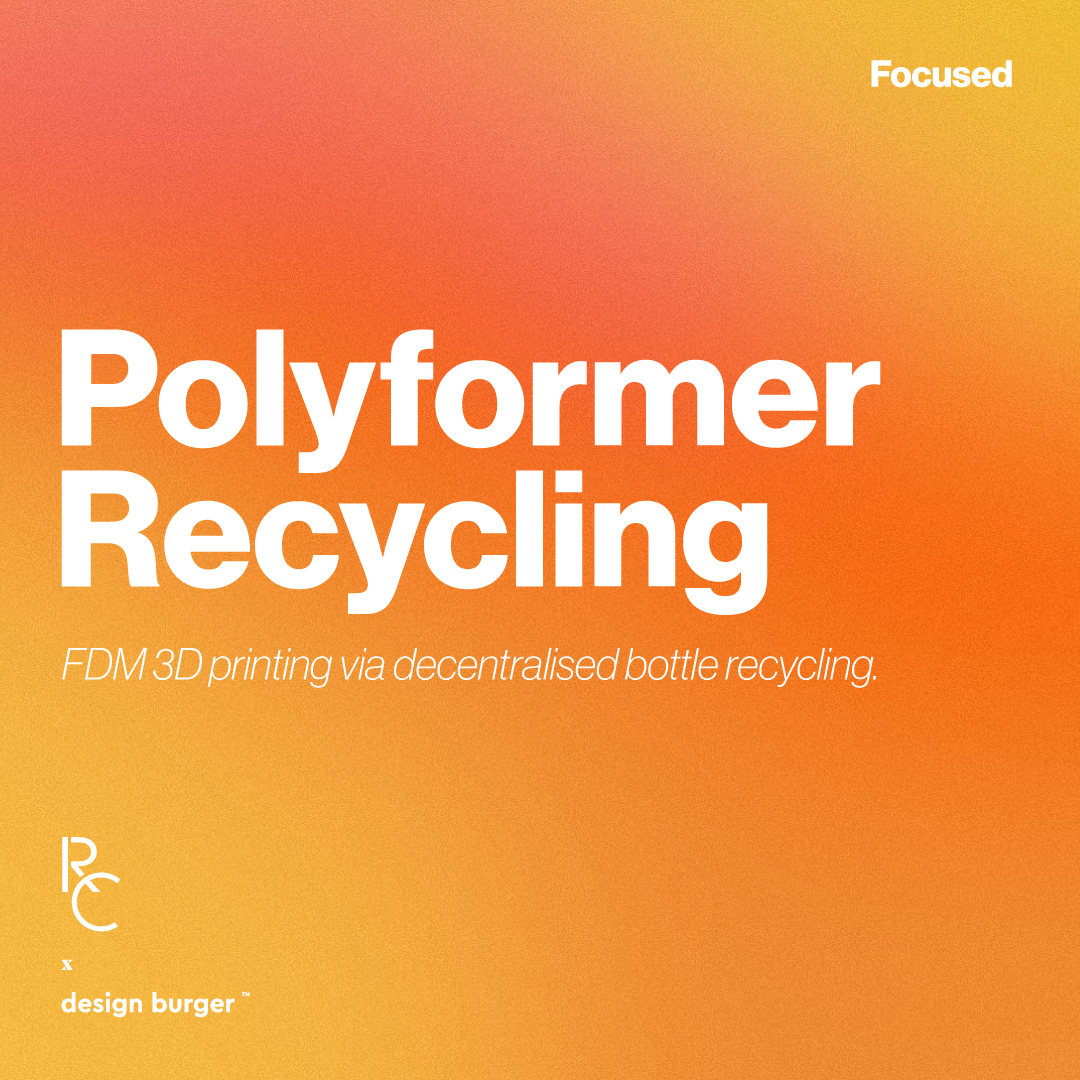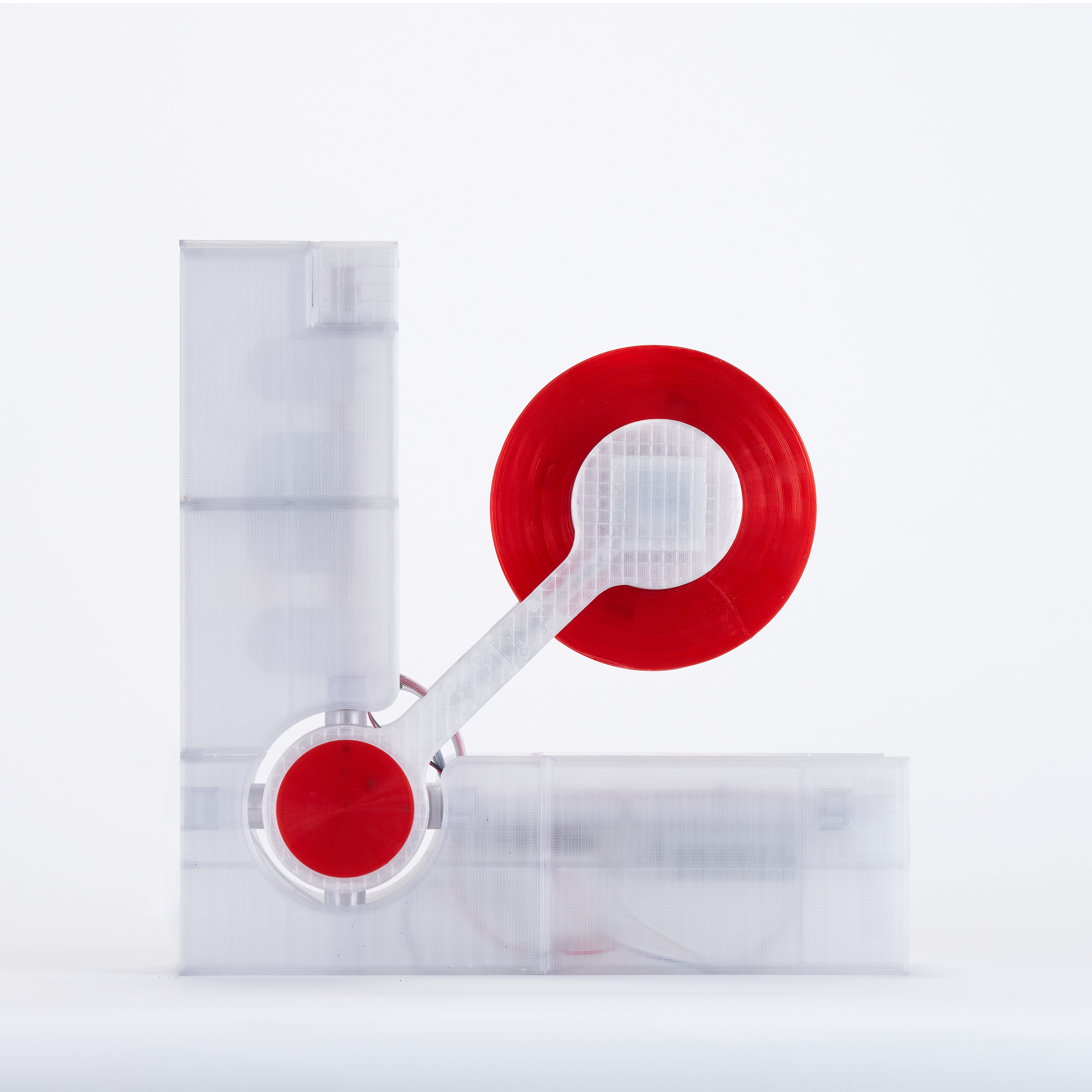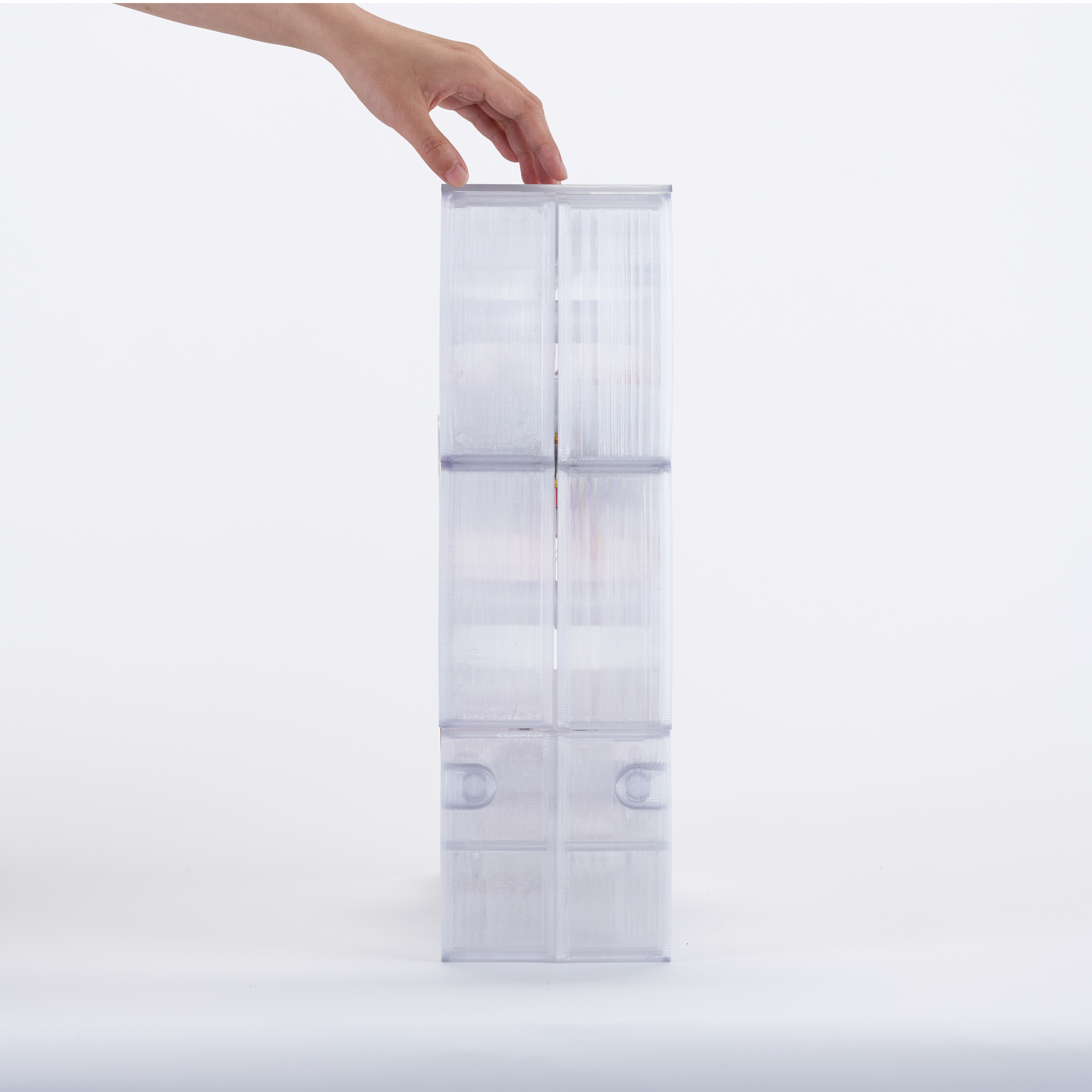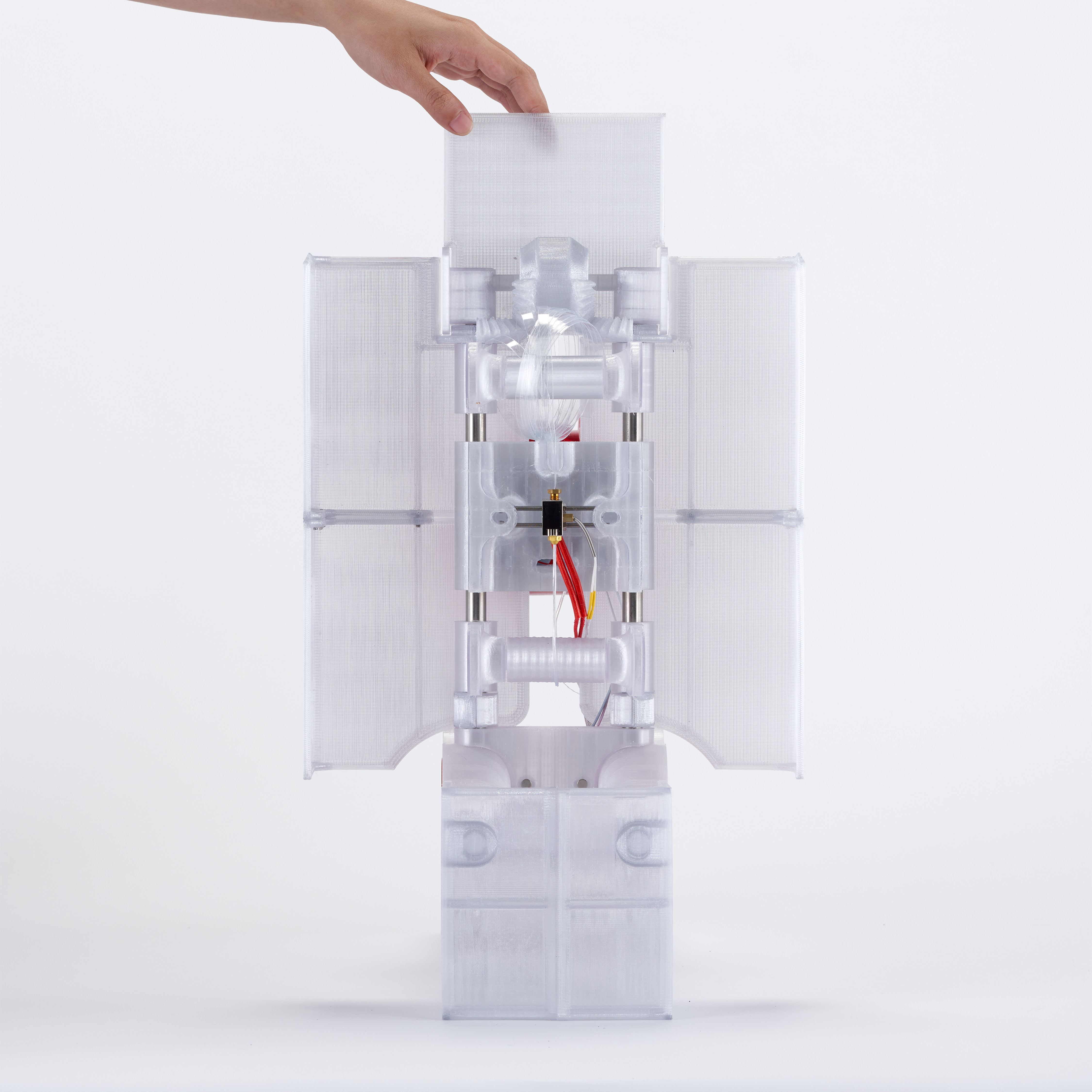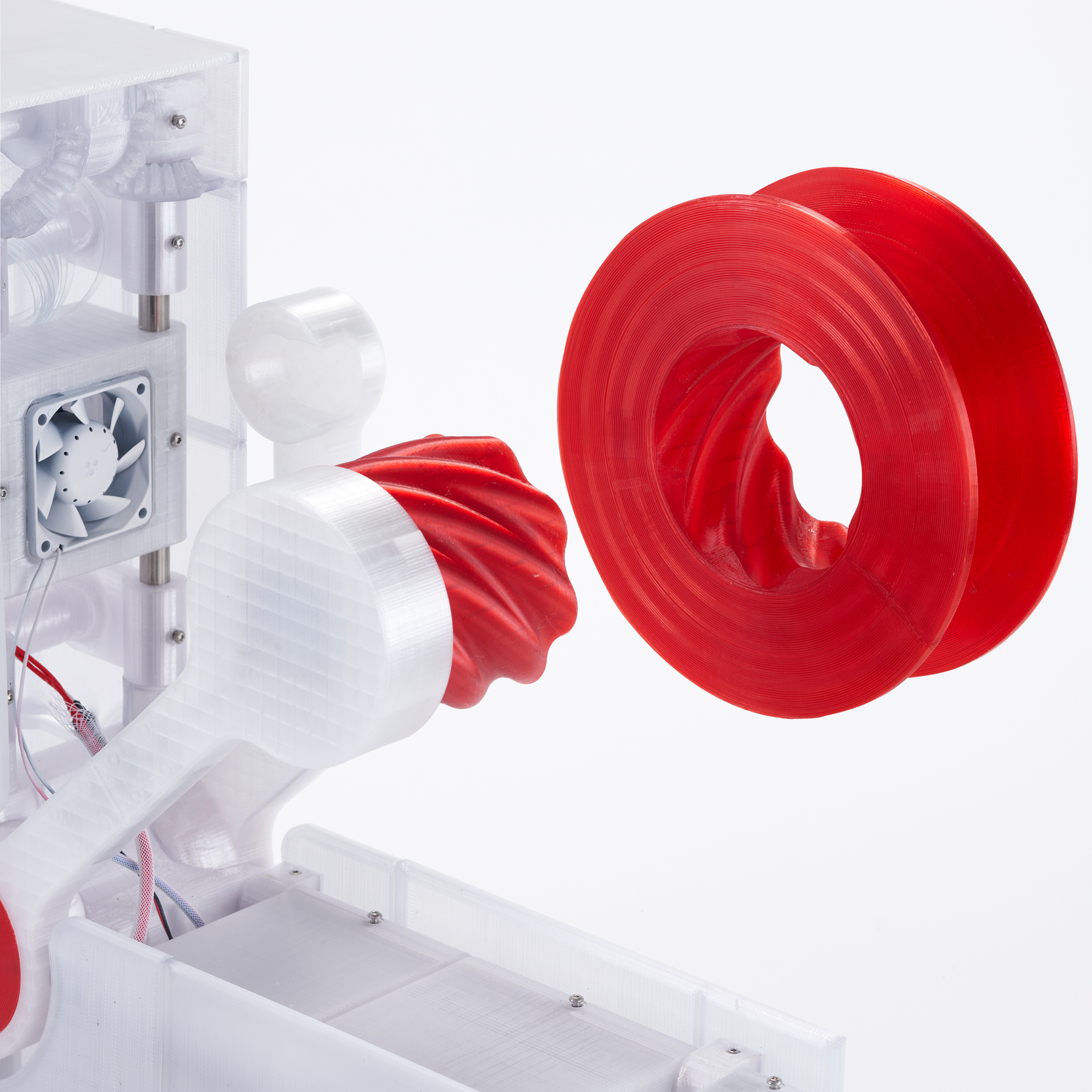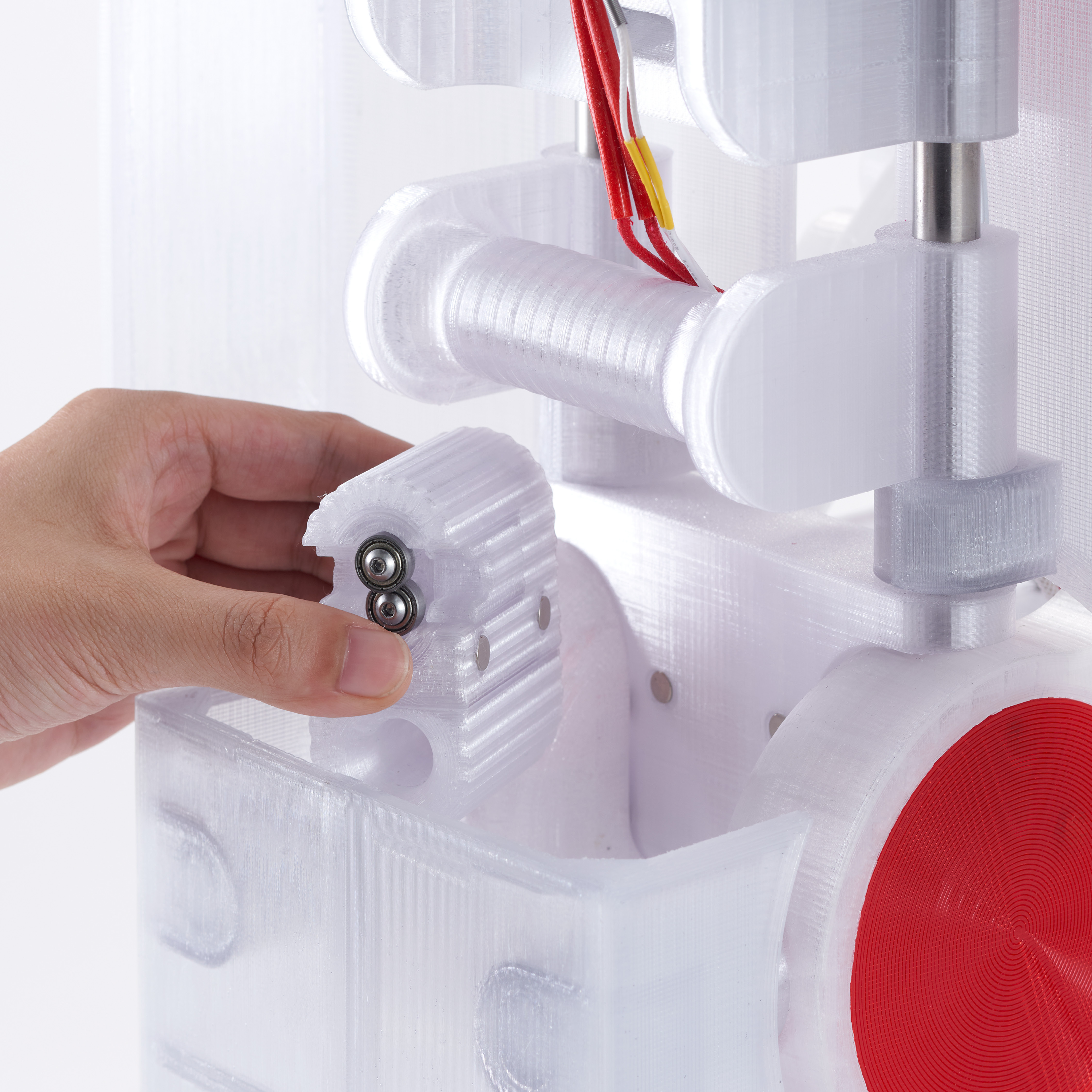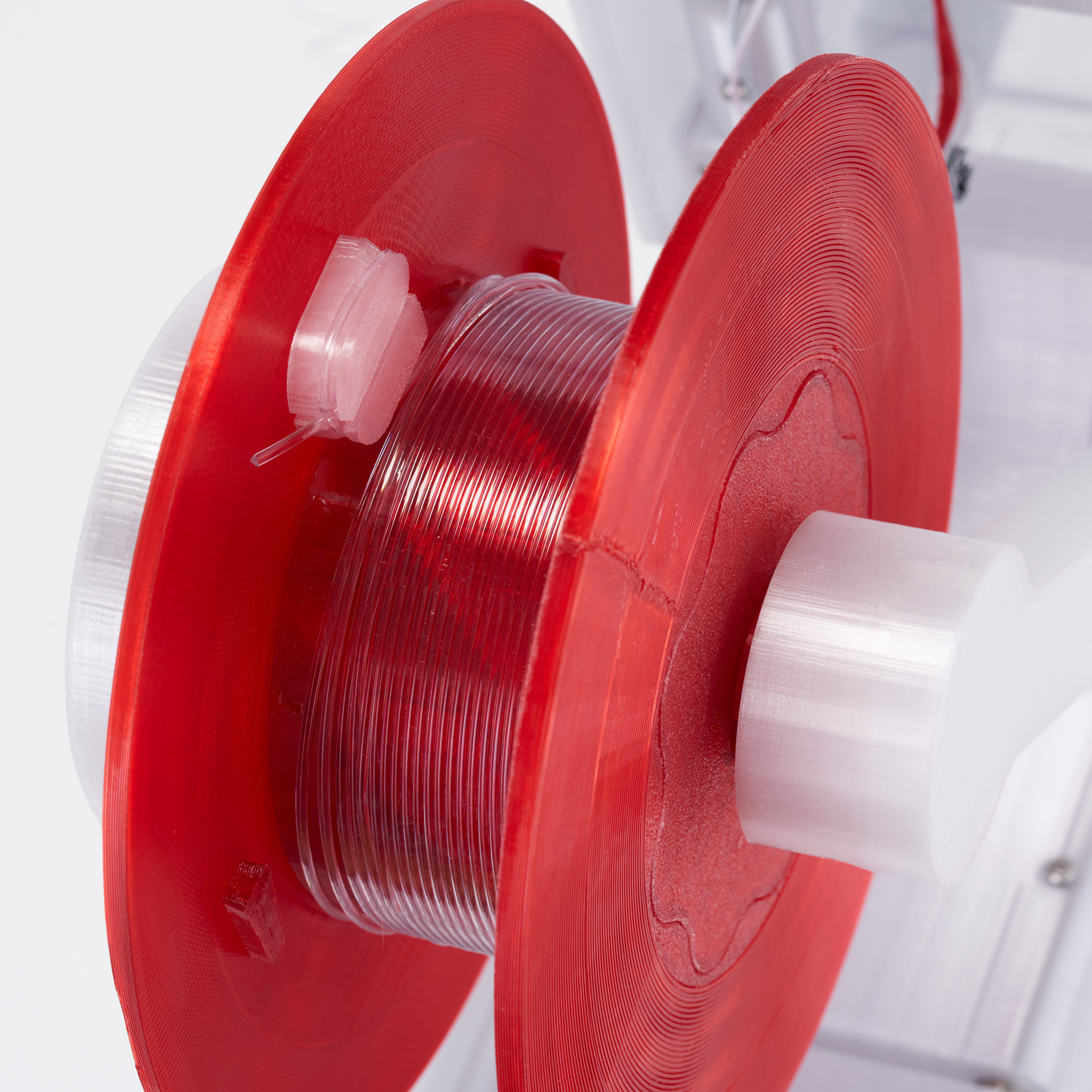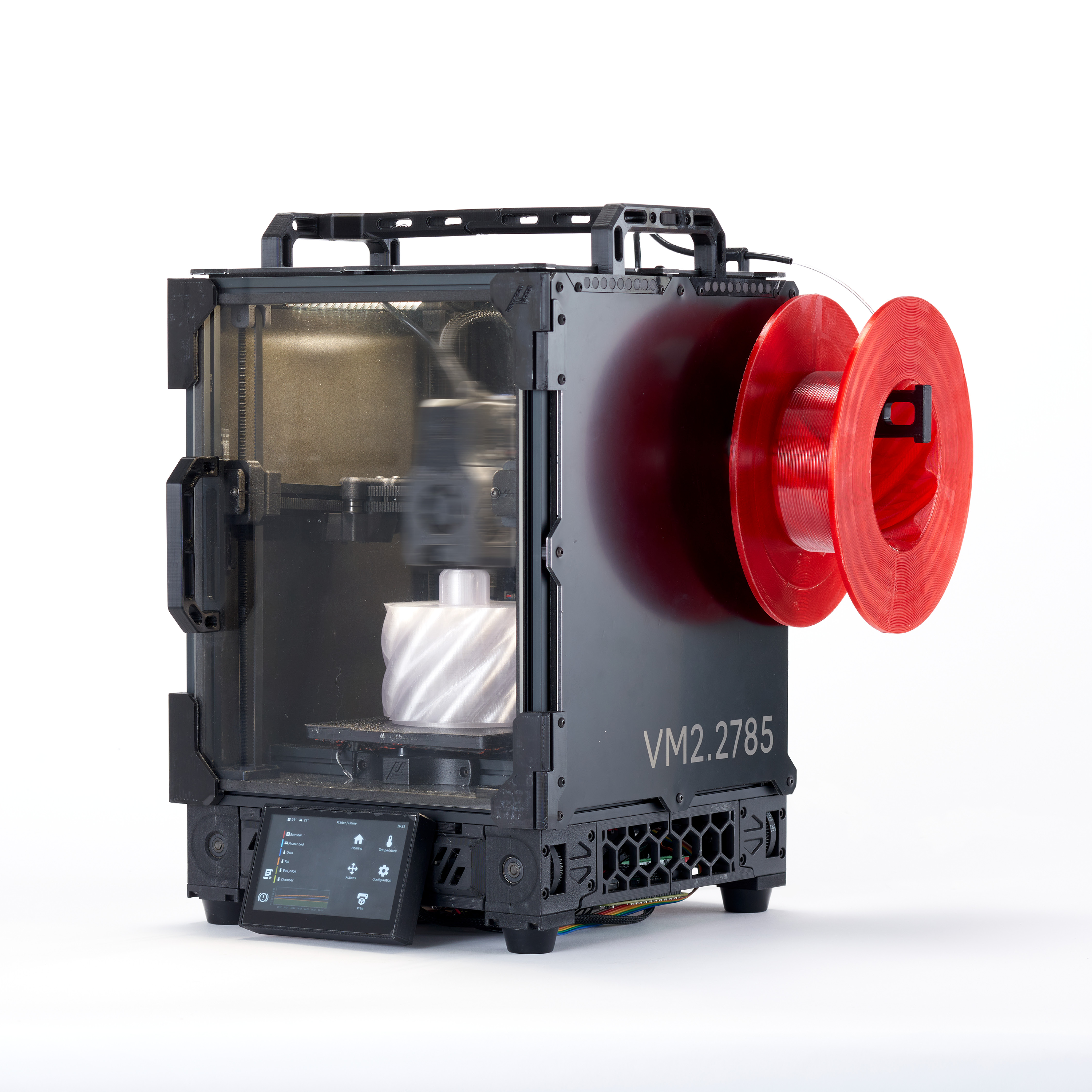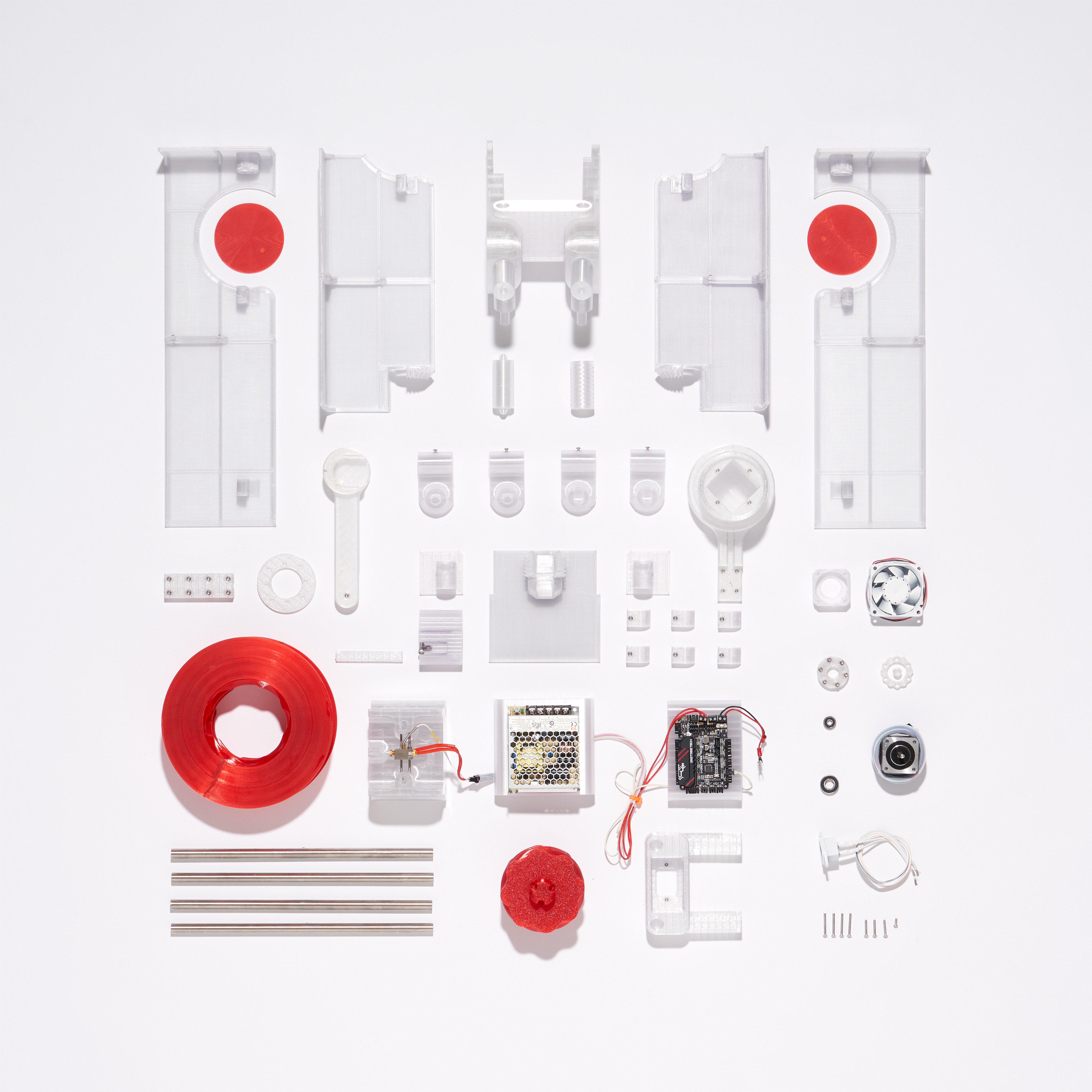The story of Polyformer.
Plastic waste management has always been a topic of concern for me. Oftentimes, recycling plastics is not economical to a degree that would incentivise many corporations to take such action. I started experimenting with the idea of decentralised recycling through a collective community effort, and thus the birth of Polyformer. The original idea was to turn common plastic waste into something useful. Whilst there have been some art and craft projects being done to upcycle plastics into common household goods, most of them don’t come close to the efficiency and versatility of what FDM 3D printers are capable of.

It came to my attention that some people have attempted to crush plastic wastes and remelt them into filament for use on 3D printers. The technique introduces some complicated processes and machinery and there is no easy way to simplify it at the state of current technology. For something to be easily accepted and adopted by many people, it must be relatively easy to put together and use. Through deeper research, I discovered the “pultrusion” technique developed by Joshua Taylor.

By slicing water bottles into a consistent long ribbon, and then feeding the ribbon into a repurposed 3D printer hotend, the ribbon could be thermoformed into filaments that could then be used within 3D printing manufacture. I saw great potential in his project, and I wanted to take it further. It was clear at the beginning that I believed Industrial Design was beyond just making products look beautiful. I designed the entire system that fits a few criteria:
- Using as many 3D-printed parts as possible reduces the need for sourcing components as many things aren’t available around the world.
- The parts should be designed for ease of print, avoiding as many supports and post-processing as possible.
- The machine should be designed to be compact so that it could fit in many workshops.
- The machine should be easy to put together and not confusing to assemble.
- The architecture should be easily configurable to allow expansions and modifications by the builders.
Four months of development lead to the birth of Polyformer, a 3D printed, and open-source machine that recycles PET bottles into filaments for 3D printers. 90% of plastic water bottles are made from PET.

Polyformer is designed to be built with mostly 3D printed parts and easily obtainable components commonly found on 3D printers. Most makers can build it themselves. The modular architecture allows users to swap out parts easily and modify the machine to their liking. The unique vertical L shape allows the user to easily interact with the machine and minimises the amount of space that the machine takes up.
By using a slicing tool, built with stacked bearings to cut the water bottle into a long and consistent ribbon, the user can feed the ribbon into the repurposed hotend. This thermoforms the ribbon into a 1.75mm filament as it goes through the brass nozzle with the corresponding hole size. The user can then mount one end of the filament on the red motorized spool to automate the process.

In the hub of the spool is a high torque Nema 17 stepper motor with a printed cycloidal drive that offers 20:1 reduction. The tremendous amount of torque that the system offers enables the builders to modify and use this machine for many other purposes as well. The spool can be easily taken off to be transferred and used on a 3D printer. The outer shell can be effortlessly opened thanks to the geared mechanism and it can be closed the same way to keep the user away from touching the hotend. The entire machine was printed using recycled PET bottles, which gives a nice translucent look to it.



Our modern society is deeply attached to plastic manufacturing consumption. I have very little hope of getting rid of plastic entirely since our lifestyle, manufacturing infrastructure, politics, and energy structure is woven around this. We have grown way too attached to a material that is slowly poisoning our society. I have taken on a position that is compromising on eliminating plastics entirely. While I do sincerely agree unnecessary single use of plastic should be avoided, I think the plastic products we use daily could experience a new kind of life cycle.
The end goal with Polyformer was never to simply make bottles into filaments. I would like to think of Polyformer as a premature manifestation of decentralised manufacturing and recycling. But I think it has the potential to grow into something bigger as we continue developing it.
Imagine a future where products can be manufactured at home or at a community centre and be distributed locally, being recycled into things at the end of their life that can be used again to manufacture new products right on site. The technology might not be there yet, but I believe it’s not far from possible if we keep innovating, refining, and expanding Polyformer as a community to achieve that final goal.
There are a total of more than 800 people in the Polyformer discord, as of earlier this year when the project was first published open-source. Many people are building Polyformer as of right now. Hopefully, they will also form small communities around them, inspiring even more people to share different roles in the plastic recycling process.

View the full project on Reiten’s site.
